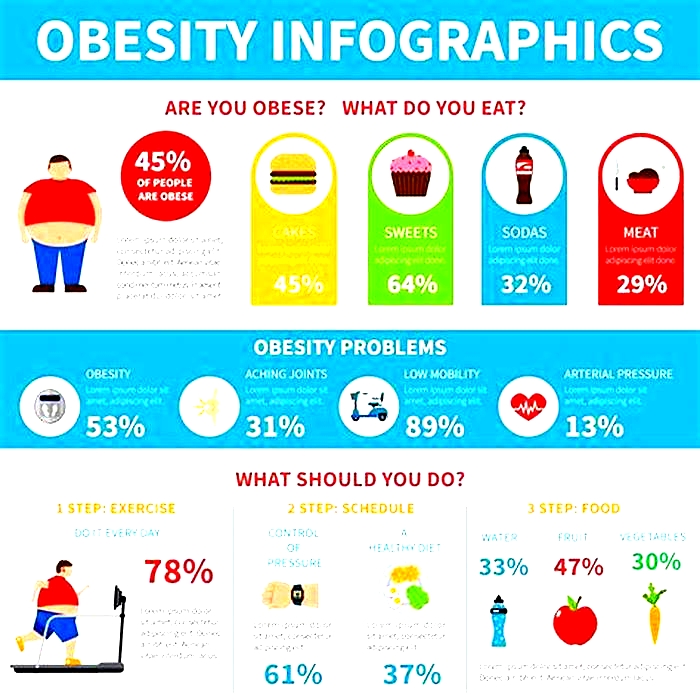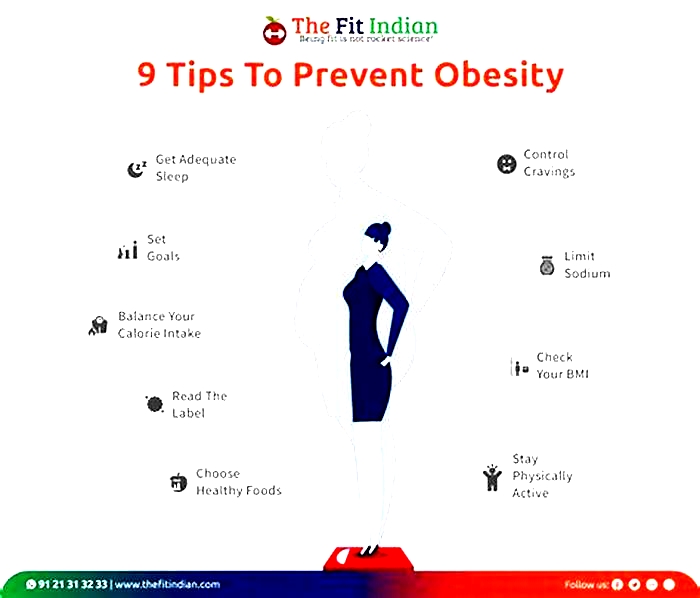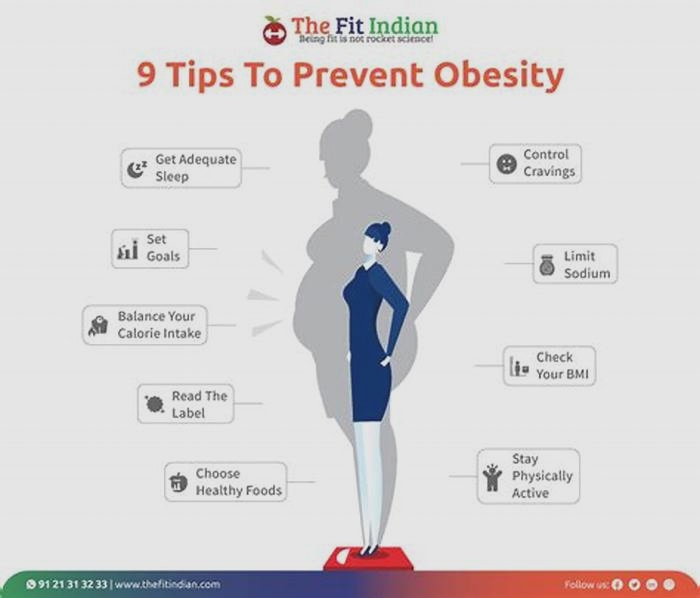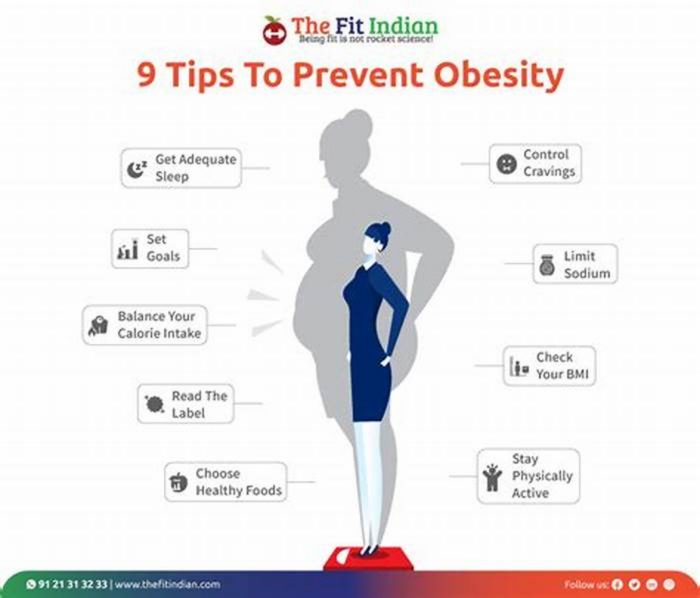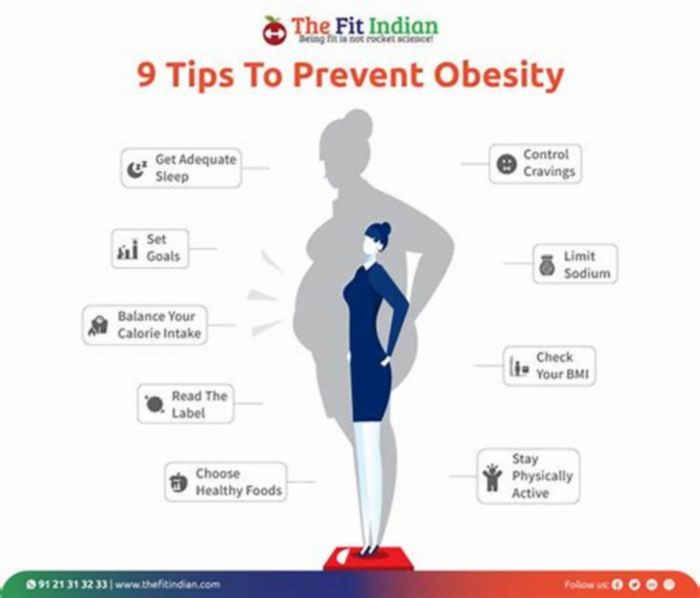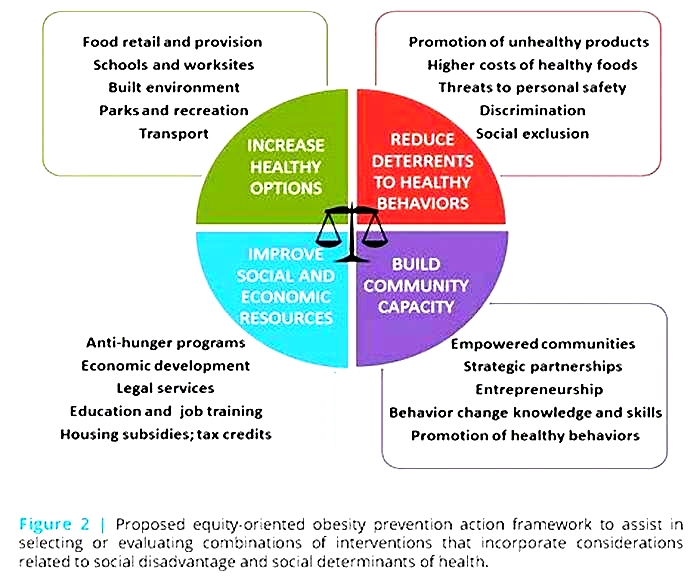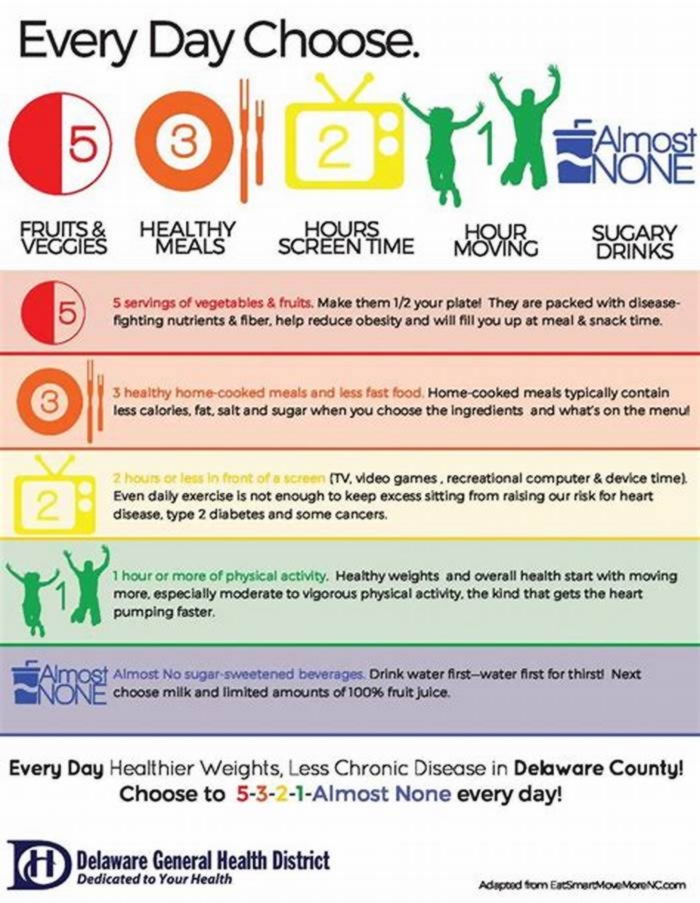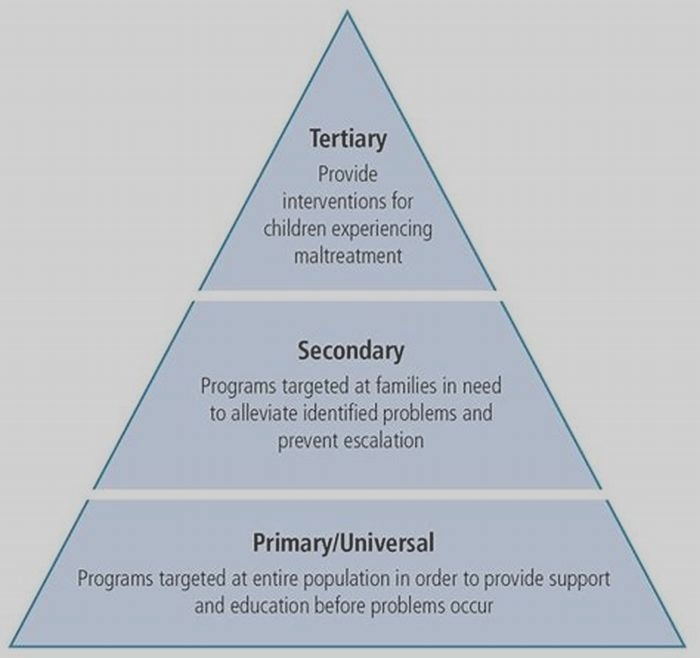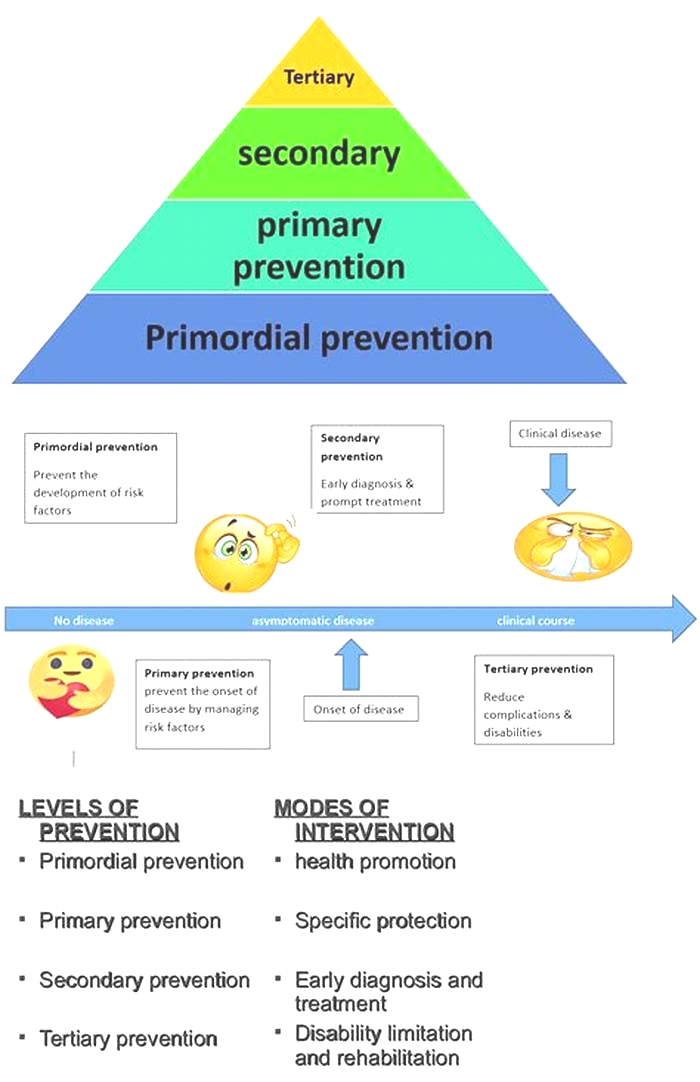What is the Society for the Prevention of Pet Obesity

References
1. Rolph NC, Noble PJM, German AJ. How often do primary care veterinarians record the overweight status of dogs? J Nutr Sci 2014:3;e58.
2. Bray GA, Kim KK, Wilding J. Obesity: a chronic relapsing progressive disease process. A position statement of the World Obesity Federation. Obesity Rev 2017;18:715-723.
3. Lund EM, Armstrong PJ, Kirk CA, et al. Prevalence and risk factors for obesity in adult cats from private US veterinary practices. Intern J Appl Res Vet Med 2005;3:88-96.
4. Lund EM, Armstrong PJ, Kirk CA, et al. Prevalence and risk factors for obesity in adult dogs from private US veterinary practices. Int J Appl Res Vet Med 2006;4:177-186.
5. German AJ. The growing problem of obesity in dogs and cats. J Nutr 2006;136;1940S-1946S.
6. German AJ, Hervera M, Hunter L, et al. Insulin Resistance and Reduction in Plasma Inflammatory Adipokines After Weight Loss in Obese Dogs. Domest Anim Endocrinol 2009;37:214-226.
7. Tvarijonaviciute A, Ceron JJ, Holden SL, et al. Obesity-related metabolic dysfunction in dogs: a comparison with human metabolic syndrome. BMC Vet Res 2012a;8:147.
8. Tvarijonaviciute A, Ceron JJ, Holden SL, et al. Effects of weight loss in obese cats on biochemical analytes relating to inflammation and glucose homeostasis. Domest Anim Endocrinol 2012;42:129-141.
9. Tvarijonaviciute A, Ceron JJ, Holden SL, et al. Effect of weight loss in obese dogs on indicators of Renal function or disease. J Vet Intern Med 2013;27:31-38.
10. Mosing M, German AJ, Holden SL, et al. Oxygenation and ventilation characteristics in obese sedated dogs before and after weight loss: A clinical trial. Vet J 2013;198:367-371
11. Tropf M, Nelson OL, Lee PM, Weng HY. Cardiac and metabolic variables in obese dogs. J Vet Intern Med 2017;31:1000-1007
12. German AJ, Holden SL, Wiseman-Orr, ML, et al. Quality of life is reduced in obese dogs but improves after successful weight loss. Vet J 2012;192:428-434.
13. Yam PS, Butowskia CF, Chitty JL, et al. Impact of canine overweight and obesity on health-related quality of life. Prev Vet Med 2016;127:64-69.
14. Laflamme D. Development and validation of a body condition score system for dogs. Canine Pract 1997;22:10-15.
15. Laflamme D. Development and validation of a body condition score system for cats. Feline Pract 1997;25:13-18
16. German AJ, Holden SL, Bissot T, el al. Use of Starting Condition Score to Estimate Changes in Body Weight and Composition During Weight Loss in Obese Dogs. Res Vet Sci 2009;87:249-254.
17. Bjornvad CR, Nielsen DH, Armstrong PJ, et al. Evaluation of a nine-point body condition scoring system in physically inactive pet cats. Am J Vet Res 2011;72:433-437.
18. German AJ. Obesity prevention and weight management after loss. Vet Clin N Amer 2016:46:913-929.
19. Scarlett JM, Donoghue S. Associations between body condition and disease in cats. J Am Vet Med Assoc 1998;212:1725-1731.
20. Witzel AL, Kirk CA, Henry GA, et al. Use of a novel morphometric method and body fat index system for estimation of body composition in overweight and obese dogs. J Am Vet Med Assoc 2014;244:1279-1284.
21. Witzel AL, Kirk CA, Henry GA, et al. Use of a morphometric method and body fat index system for estimation of body composition in overweight and obese cats. J Am Vet Med Assoc 2014;244:1285-1290.
22. Flanagan J, Bissot T, Hours M-A, et al. Success of a weight loss plan for overweight dogs: The results of an international weight loss study. PLoS ONE 20017;12: e0184199.
23. WSAVA Global Nutrition Committee. WSAVA global nutrition guidelines. Available at: http://www.wsava.org/WSAVA/media/Documents/Guidelines/WSAVA-Global-Nutritional-Assessment-Guidelines-2011-final.pdf. Accessed March 12, 2018.
24. Kopelman PG. Obesity as a medical problem. Nature 2000;404: 635-643.
25. Kyle TK, Dhurandhar EJ, Allison DB. Regarding obesity as a disease. Endocrinol Metab Clin N Am 2016;45:511520.
26. Bray GA, Kim KK, Wilding J. Obesity: a chronic relapsing progressive disease process. A position statement of the World Obesity Federation. Obesity Rev 2017;18: 15-723
27. Muller MJ, Geisler C. Defining obesity as a disease. Eur J Clin Nutr 2017;71:1256-1258.
28. Vallgarda S, Nielsen MEJ, Hansen AKK, et al. Should Europe follow the US and declare obesity a disease?: a discussion of the so-called utilitarian argument. Eur J Clin Nutr 2017;71:1263-1267.
29. Faber K. Nosography in Modern Internal Medicine. Paul B. Hoeber, Inc.: New York, 1923.
30. Garvey WT, Garber AJ, Mechanick JI et al., for the AACE Obesity Scientific Committee. American Association of Clinical Endocrinologists and American College of Endocrinology consensus conference on obesity: building an evidence base for comprehensive action. Endocr Pract 2014;20:956-976.
31. Garvey WT, Mechanick JI, Brett EM et al. Reviewers of the AACE/ACE Obesity Clinical Practice Guidelines American Association of Clinical Endocrinologists and American College of Endocrinology Comprehensive Clinical Practice Guidelines for Medical Care of Patients with Obesity. Endocr Pract 2016;22 (Suppl):1-203.
32. Courcier EA, Thompson RM, Mellor DJ. An epidemiological study of environmental factors associated with canine obesity. J Small Anim Pract 2010;51:362-367.
33. Courcier EA, OHiggins R, Mellor DJ, et al. Prevalence and risk factors for feline obesity in a first opinion practice in Glasgow, Scotland. J Feline Med Surg 2010;12:746-753.
34. Brooks D, Churchill J, Fein K, et al. 2014 AAHA Weight Management Guidelines for Dogs and Cats. J Am Anim Hosp Assoc 2014;50:1-11.
35. BANFIELD Pet Hospitals. Obesity in dogs and cats state of pet health report [cited 24 November 2017]. In: Obesity in dogs and cats state of pet health report. Available at: https://www.banfield.com/state-of-pet-health/obesity. Accessed March 16, 2018.
36. Mao J, Xia Z, Chen J, Yu J. Prevalence and risk factors for canine obesity surveyed in veterinary practices in Beijing, China. Prev Vet Med 2013;112:438-442.
37. German AJ, Woods GRT, Holden SL, et al. Dangerous trends in pet obesity. Vet Rec 2018;182:25.
38. Kealy RD, Lawler DF, Ballam JM, et al. Effects of diet restriction on life span and age-related changes in dogs. J Am Vet Med Assoc 2002:220;1315-1320.
39. German AJ, Ryan VH, German AC, et al. Obesity, its associated disorders and the role of inflammatory adipokines in companion animals. Vet J 2010:185:4-9.
40. Bomberg E, Birch L, Endenburg E, et al. The financial costs, behaviour and psychology of obesity: a one health analysis. J Comp Pathol 2017;156:310-325.
41. Day MJ. One health approach to preventing obesity in people and their pets. J Comp Pathol 2017;156:293-295.
42. International Renal Interest Society. IRIS staging of CKD. Available at: http://www.iris-kidney.com/guidelines/staging.html. Accessed March 12, 2018.
43. Wolf HF. Rateitschak KH et al. Color atlas of dental medicine: periodontalology, 3rd ed. Stuttgart: Georg Thieme Verlag, 2005.
44. Day MJ, Bilzer T, Mansell J, et al. Histopathological standards for the diagnosis of gastrointestinal inflammation in endoscopic biopsy samples from the dog and cat: a report from the World Small Animal Veterinary Association Gastrointestinal Standardization Group. J Comp Pathol 2008;138:S1-S43
45. Day MJ, Willard MD, Hall EJ, et al. Endoscopic, Biopsy, and Histopathologic Guidelines for the Evaluation of Gastrointestinal Inflammation in Companion Animals. J Vet Intern Med 2010;24:10-16.
46. Willard MD, Moore GE, Denton BD, et al. Effect of tissue processing on assessment of endoscopic intestinal biopsies in dogs and cats. J Vet Intern Med 2009;24:84-89.
Surveys & Data
This year a series of questions were asked in a Likert Scale format to help determine pet owners opinions on the causes of pet obesity.
A Likert scale is a commonly used psychometric tool for measuring people's attitudes, opinions, and perceptions providing a structured method of gathering data on the strength of feelings about a subject and in this survey, feelings around the causes of pet obesity, blame and willpower. There were five response choices: Strongly Disagree, Disagree, Neutral, Agree, and Strongly Agree.
The first question we investigated was whether or not pet owners thought obesity was a result of overfeeding.
Is pet obesity a result of overfeeding?
Using a Likert scale analysis, 73% of pet owners somewhat or strongly agreed that pet obesity resulted from overfeeding
34% reported strongly agree
39% somewhat agree
Is pet obesity caused by poor feeding choices?
70% of survey respondents somewhat agreed (41%) or strongly agreed (29%) that poor feeding choices cause pet obesity
17% answered neutral
13% somewhat disagreed or disagreed
Is pet obesity a result of a biological disorder?
43% of pet owners were neutral
35% answered somewhat agree
25% strongly agree
14% answered somewhat disagree
6% disagree
Do you believe pet obesity is caused by inadequate exercise?
68% of our respondents agreed or somewhat agreed that obesity is caused by not enough exercise.
20% were neutral
12% somewhat disagreed or disagreed
We explored the concept of willpower in causing pet obesity. Lack of willpower is cited as a cause or contributor to human weight gain. While we disagree with this rationale, veterinary clients often mention a lack or loss of willpower when asked why they discontinued a pet weight loss program.
Do you believe overfeeding or giving excess treats is caused by a lack of a pet owners willpower?
32% strongly agreed
30% somewhat agreed
23% were neutral
15% somewhat disagreed or disagreed
Do pet owners have themselves to blame for an overweight or obese pet?
32% of pet owners surveyed reported they strongly agree that pet owners are to blame for an overweight or obese pet.
30% somewhat agreed
23% were neutral
8% somewhat disagreed
7% disagreed
Body Condition Scoring (BCS)
The 5 biggest questions you should ask your veterinarian to prevent pet obesity: How to check, what to feed, and how to exercise.
Pets with obesity are at increased risk for developing serious weight-related disorders such as diabetes, arthritis, high blood pressure, kidney disease, cancer, and more.
To help you better care for your dog or cat, here are five questions you should ask your veterinarian to keep your pet healthy. Theyre simple, wont embarrass you, and just may save your pets life.
1) Is my pet overweight?
This is the most important question you must ask your veterinarian and one your vet may not be eager to answer.Believe it or not, many veterinarians are simply afraid to tell you if your pet is overweight or has obesity. This is primarily due to the fact your veterinarian doesnt want to offend you inadvertently. Weight issues can be tricky to navigate and loaded with perceived judgments, strong emotions, and social stigmas. All of this leads to many vets remarking, Maybe Scooter should drop a few pounds, but then again, who shouldnt?
As a concerned pet owner, you need to understand your pets weight is one of the most influential factors in its longevity, quality of life, and disease prevention. To answer this question, your veterinarian will likely conduct a couple of measurements, determine a Body Condition Score (BCS - see above charts), and measure your pet's current weight.
Ask the question. Demand a thorough assessment. Dont be offended if the answer isnt what you expected. This isnt personal; its your pets well-being.
2) How many calories should I feed my pet each day?
Weve got to be specific when it comes to feeding our pets. Dont fall into the trap of inquiring, About how much food should I feed my pet? Youll probably get a generic, inaccurate response. You need to know the precise number of calories and nutrients your pet needs based on its current body condition and desired goals. By calculating the number of calories your pet needs, you can determine how much to feed, regardless of the type, brand, or formulation of food and treats you feed. This is a subtle but incredibly significant difference. Healthy nutrition is about feeding your pet the proper number of calories, containing the proper nutrients based on its current body condition and health needs.
Your veterinarian should then ask you a few lifestyle questions, perform a couple of calculations, and give you a narrow range of daily calories you should feed. Memorize this number. Find out how many cups or cans of your pet food this equals. Feed that amount.
Don't forget to include treats in your daily caloric counts. Those tiny calorie grenades can swiftly sabotage the best dietary plans.
3) How much weight should my pet lose in a month?
If your pet is like the majority of dogs and cats, itll need to shed a few unhealthy pounds of excess fat. You need to ask how much weight your pet needs to shed and how long it will take to reach a healthy weight and body condition. I prefer to think in terms of pounds per month due to practicality and performance. Monthly weight checks are practical and reasonable for even the busiest pet owners. A weight loss plans performance is critical to track and monitoring monthly trends is an accurate indicator of success or stagnation.
In general terms, a dog can safely lose 1 to 3 percent of its body weight and cats 0.5 to 2 percent per month. Many supervised dogs can safely lose up to 3 to 5 percent per month, and most cats should aim for about a half-pound (0.5 lb. or 0.25 kg.) per month.
Losing weight isnt easy or fast for pets, especially cats. If you put your pet on a crash diet, they can develop serious medical conditions, including a life-threatening form of liver failure that can occur in less than 72 hours.
Patience is essential for pet weight loss. Most canine patients will have a 3 to 6-month weight loss plan, and cats 6 to 12 months. Your veterinarian will probably formulate a step-weight loss plan that will gradually decrease the amount youre feeding over a 1 to 3-month period. This will help curtail cravings, begging, and late-night pestering.
Note I said help, not eliminate. There will be some unhappy pooches and purr babies when you institute a diet. Your veterinarian should provide you with tips on preventing these behaviors and transitioning to a new weight-loss diet.
4) What type of exercise does my pet need?
Most veterinarians and pet owners focus on how long a pet should exercise each day. While thats an excellent approach, I also advise asking what types of activities are best based on your pets species, breed, age, gender, and current physical abilities. The opportunities for physical activity with your pet are limitless: walking, swimming, agility, chasing toys, ball retrieving, and remote-controlled toys, to name a few, but adhering to an exercise program is ultimately determined by your pets physical ability and intellectual interest.
The general recommendation is that dogs need at least thirty (30) minutes of physical activity a day, and cats should strive for three five-minute structured play periods.
How you spend those exercise minutes will determine if you do it or not and if you stick to those activities. Make your interactions enjoyable, entertaining, and interactive to keep your dog and cat engaged and enjoying these physical activities.
Cat owners, dont ignore the essential role of physical activity for your cats physical and mental health and well-being. Whether you play with a feather duster or favorite toy, move the food bowl each feeding, or use a hip, high-tech toy, engage your cats inner predator and encourage it to pounce, leap, and prowl for several minutes at least three times per day.
Pet activity monitors are a great tool to document how much your pet is walking or playing each day. Better yet, you can share these reports with your veterinarian to identify any deficiencies or ways to optimize your training.
5) Is my pet at risk for a medical problem due to excess weight?
This is a very serious question that you need to understand for your pets future.
Dogs and cats with excess fat are at greater risk for developing diabetes, arthritis, high blood pressure, kidney disease, and many forms of cancer.
You need to have a frank conversation with your veterinarian to find out if your pet is potentially facing one of these weight-related disorders. If so, what can you do to reduce their odds of developing these conditions?
Preventing disease is our primary focus and one of the reasons APOP is passionate about the importance of maintaining a healthy weight and proper nutrition.
The most important decision you make each day about your pets health is what you choose to feed it. Choose wisely; your pets longevity and quality of life depend on it.
Its never too late to reduce your pets chances of contracting one of these serious disorders. Early recognition and awareness are the best defense against many diseases. Begin by asking these questions.
So there you have it, my five biggest questions you should ask your vet about pet obesity. Of course, there are many more topics you need to discuss during your time with your veterinarian, but your pets body condition should be covered at every exam.
The few minutes you spend on diet and weight could be the difference between two additional years of high-quality life or a shortened, suffering final stage of life.
Take the time to write down these questions, ask your veterinarian, and act on the answers. Together, you and your veterinary healthcare team can chart a course for a better, longer, and happier life for your pet. Its totally worth it.

